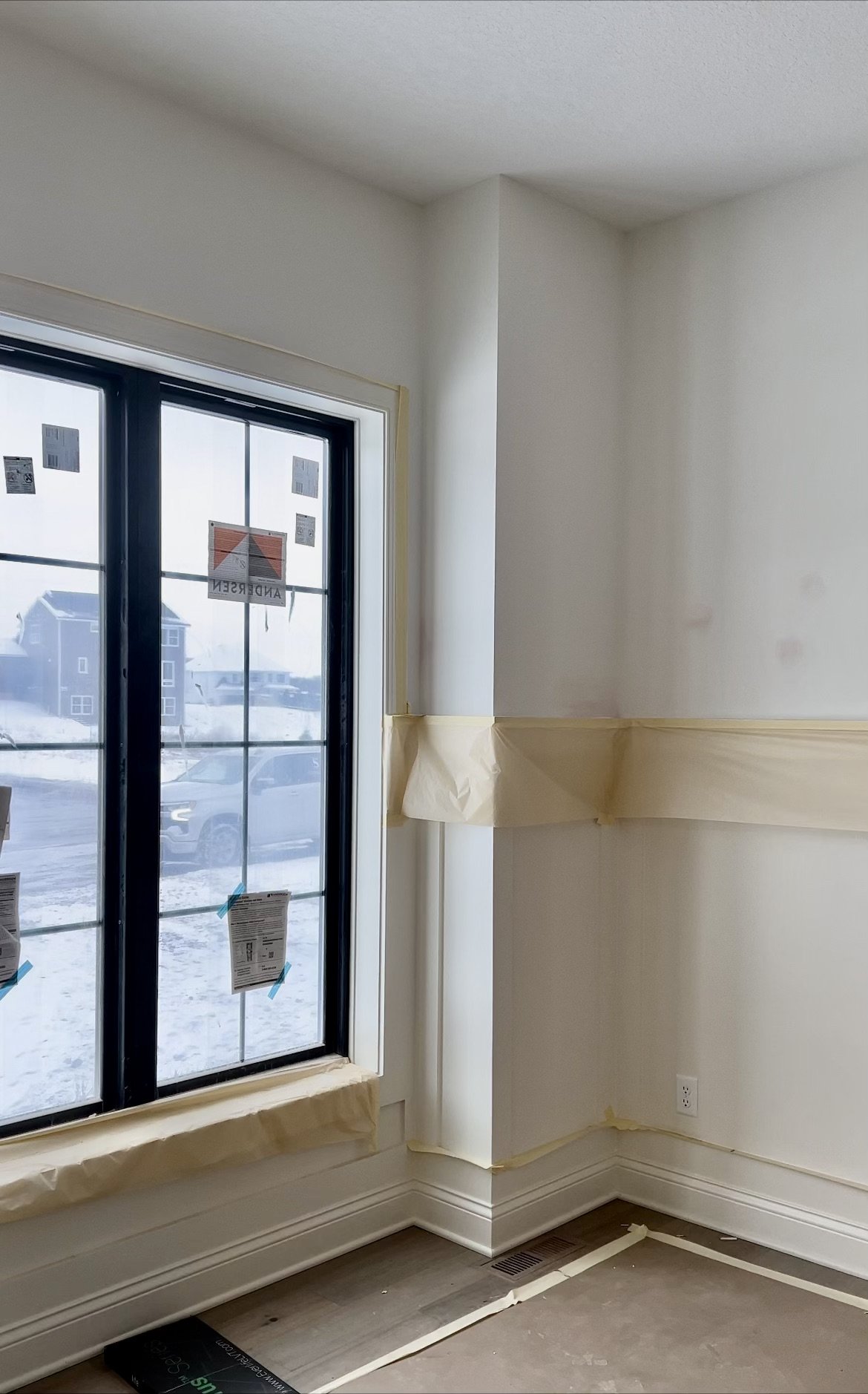Navigating the Pros and Cons of New Construction Homes
When it comes time to purchase your next home, the idea of a new construction home might capture your interest. There are two primary types of new construction homes to consider: the first is commonly known as a "spec home" or "model home," signifying a build that is either already completed or set for completion by a builder with a predetermined design. The second type is the more envisioned scenario: a new build that allows you to design from scratch.
In the Twin Cities metro area, about 30% of available homes are new construction properties, offering a diverse range of options for potential home buyers. Let's delve into the key pros and cons associated with the purchase of a new construction home.
Pros:
Unlimited Design Options: Selecting a new construction home provides the unique advantage of unlimited design and personalization. Depending on the chosen type of construction, buyers often get to choose finishes, color schemes, and layouts that align with their aesthetic and personal preferences.
Home Warranty: In Minnesota, newly built homes come with a 1-2-10 warranty. Builders are required to provide a one-year warranty on the entire home, a two-year warranty on systems (e.g., HVAC), and a ten-year warranty for the structure of the home.
Energy-Efficiency: New construction adheres to stringent building codes, resulting in homes designed for energy efficiency. Enhanced insulation, high-quality windows, and energy-efficient HVAC systems translate to lower utility bills over the long term. These properties are also equipped with the latest technological features, contributing to increased energy savings and overall efficiency.
HOA (Homeowners Association): Homeowners Associations play a crucial role in managing and maintaining common areas and amenities in a community. However, it's essential to note that different HOAs have variations in their coverage, from lawn mowing, winter snow removal, or minor community upkeep.
Reduced Maintenance: The potential of low maintenance costs in the initial years is a significant benefit. Since everything in a new build is brand new, homeowners can expect fewer maintenance issues compared to older homes.
Cons:
Construction Delays: Construction timelines are not always set in stone. Delays due to weather, material shortages, or unforeseen issues can disrupt move-in plans, requiring buyers to exhibit flexibility and patience.
Community Amenities: New developments may not offer the same array of amenities as established neighborhoods. The absence of mature landscaping and community facilities could impact the overall lifestyle appeal for some buyers.
Ongoing Development Challenges: Moving into a newly developed area may mean ongoing construction in the neighborhood. The noise, dust, and disruption from neighboring home construction can be a potential downside during the first few years of homeownership.
Potential Resale Issues: For those considering building in a new development area, it's crucial to evaluate lifestyle preferences and length of ownership. Buyers should factor in that staying in any home for at least five years is generally advisable for a solid return on equity. However, competing with buyers who can build a new home instead of purchasing an existing one can pose challenges in a new development scenario.
If you're contemplating whether a new construction home is the right choice for you, please reach out!
